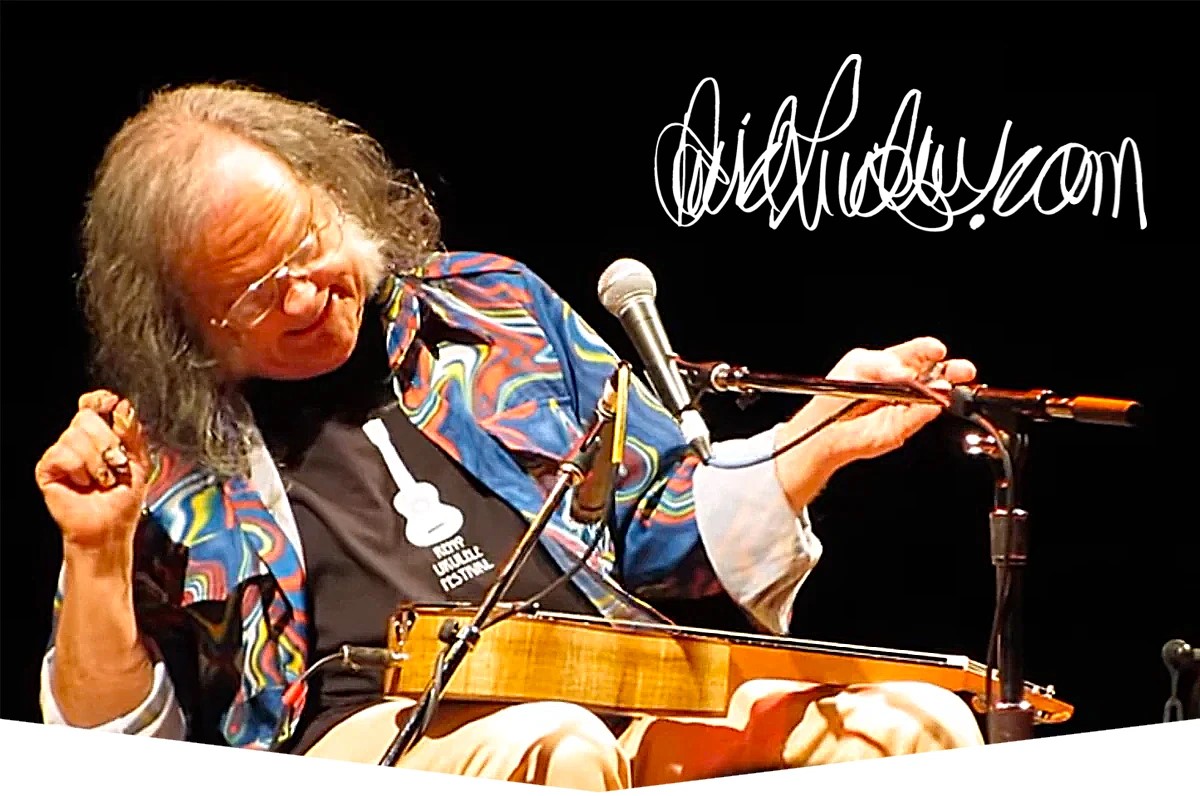He played everything that couldn't be played on the guitar: Who is David Lindley?
Multi-instrumentalist, world music pioneer, the man who reinvented the word eclectic: Those who know and love Lindley's music will probably remember him best for his fusing of American folk/country songs with rhythm-altered Reggae.

The artist, who worked with musician and activist Jackson Browne for many years and released albums with his own band El Rayo-X, enriched his electro-acoustic performances with musical inspiration from African, Arab geography, Asian, Celtic, Madagascar, and Turkish music and the sounds of the instruments of these regions.
Known to his friends as a great voice imitator and for his crazy and entertaining jokes, Lindley often carried his entertaining personality among his friends to the stage.
The year 1967 is shown as the year in which the term, which describes the style that combines world music with rock, was first used. But a few names like Lindley were already making this music years before the term was coined. They performed as "Electric Band Session" at the Berkeley Folk Music Festival. The first thing that caught the attention of sensitive ears was how good instrumentalists the musicians on stage were. The stage entertainment of these musicians was that they continued the music without a break by exchanging their instruments on the stage, which is incredible.
David Perry Lindley (March 21, 1944 – March 3, 2023) was an American musician who founded the rock band El Rayo-X and worked with many other performers including Jackson Browne, Linda Ronstadt, Ry Cooder, Bonnie Raitt, Warren Zevon, Curtis Mayfield and Dolly Parton. He mastered such a wide variety of instruments that Acoustic Guitar magazine referred to him not as a multi-instrumentalist but instead as a "maxi-instrumentalist." On stage, Lindley was known for wearing garishly colored polyester shirts with clashing pants, gaining the nickname the Prince of Polyester.
Music writer Dan Forte, who has interviewed David Lindley four times, remembers that when he went to Lindley's house for his first interview, the room was filled with countless instruments such as electric guitars, steel guitars, banjos, mandolins, violins, viola de gamba, saz, tar, cümbüş, etc. He adds that he saw a Gibson harp guitar, one of the rare instruments, among these guitars. The truth is, if you intend to make music for these two genres, which can be either very foreign or in great collaboration, depending on the talents of the artist who performs world music with rock, you need to be able to play many instruments. David Lindley was just that kind of person.
David Lindley was a multi-instrumentalist, true, but he was also an artist who worked as a musicologist. It might be right to compare him to Stephan Micus in this respect, but he was not a Jimmy Page in terms of guitar proficiency. It would be most accurate to say that Lindley's real achievement was that he managed to expand the musical parameters of popular music, formally and instrumentally, more than anyone else.
David Lindley's effort to incorporate the sounds of different instruments into popular music was evident in the songs of other stars of the period. The steel guitar used by blues guitarist Freddie Roulette was one of his sources of inspiration, and the artist, who modified the Hawaiian-style lap steel guitar, managed to produce his own sound from this interesting instrument. He used this style of lap steel guitar solos in the songs of celebrities such as Linda Ronstadt, Rod Stewart, and Dolly Parton. In this respect, it can be said that he preferred to be in the kitchen rather than in front of most of the music he was involved in, but the album "El Rayo-X", recorded in 1981, was considered an album that exceeded all expectations for Lindley. "El Rayo-X" was an original, eclectic but harmonious album. Lindey album; “I wanted to have a consistent theme for everything,” he explained.
Those who know and love Lindley's music will probably remember him best for fusing American folk/country songs with rhythm-changed Reggae. But it should not be forgotten that after this interesting artist met Jordanian percussionist, Hani Naser, he turned to a bilateral collaboration that included intense improvisational music. He did not hesitate to travel the world for six years and turn to completely different music.
